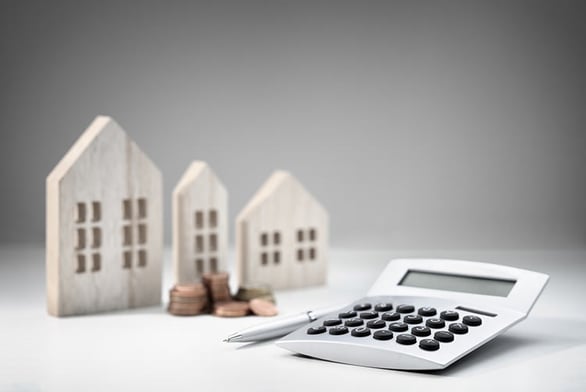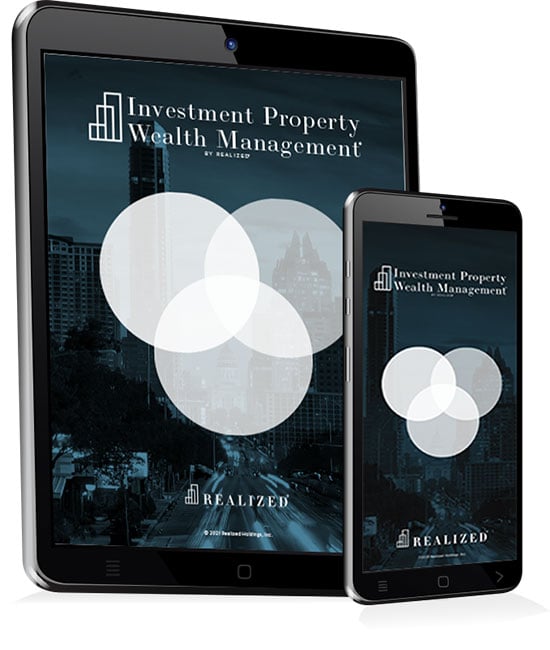
Mortgage interest rates are complicated, and the amount you pay depends on your financial situation as well as being influenced by the type of loan. A conforming mortgage loan will have a lower rate than a jumbo, for example. A primary residence mortgage will typically carry a lower interest rate than a vehicle loan since a consumer may place a higher value on retaining their home than their car.
For financial institutions, an investment property may be a higher risk than a primary residence, particularly in a rising interest rate environment. If the financial institution can sell the loan to a GSE (Government Sponsored Entity), then the risk is also lower since they can regain access to the loaned funds for repeated use.
Investment Property Financing is More Expensive Than Borrowing For a Primary Residence
Traditional thinking holds that a borrower is likely to prioritize paying the mortgage for the home where they live over the mortgage for an investment property if forced to choose. As a result, financial institutions have tighter standards for investment property lending (and other types, like vacation homes) than for mortgages to purchase a primary residence.
Keep in mind that there are multiple factors in play, but typically a margin of half a basis point on the rate is possible. In addition, the borrower can expect to be required to make a higher down payment and may need more significant cash reserves for an investment property loan.
Can I Get Primary Residence Financing For an Investment Property?
Some scenarios support a borrower in this endeavor. Suppose you own a home, and you want to buy another residence to live in and rent out the first home. Let's call the existing place House A and the proposed addition House B. If you presently live in House A, you likely have a mortgage with a favorable rate based on your occupancy. If you want to buy House B and move there but retain House A as a rental, you may be able to obtain owner-occupant financing for House B. Be prepared for questions from the lender to ascertain your true intentions about residency.
Since a primary residence qualifies for a lower interest rate than an investment property or a vacation home in most cases, it is up to the borrower to demonstrate that the new purchase will be the principal residence. To qualify, you would need to live in that home for most of the year; it must be in reasonable proximity to your workplace (if any), and you need to plan to begin living there within 60 days after the closing.
Use a Multi-family Dwelling as a Primary Residence
Another option is to purchase a two to four-unit dwelling (duplex, triplex, or quad) and live in one of the units while renting out the remainder. In this situation, you should qualify for an owner-occupant interest rate mortgage. However, unless you have demonstrable experience as a landlord, you may not be allowed to count the potential rental income toward qualifying for the mortgage. You may need to have sufficient income to support the mortgage payment in the absence of tenant payments.



